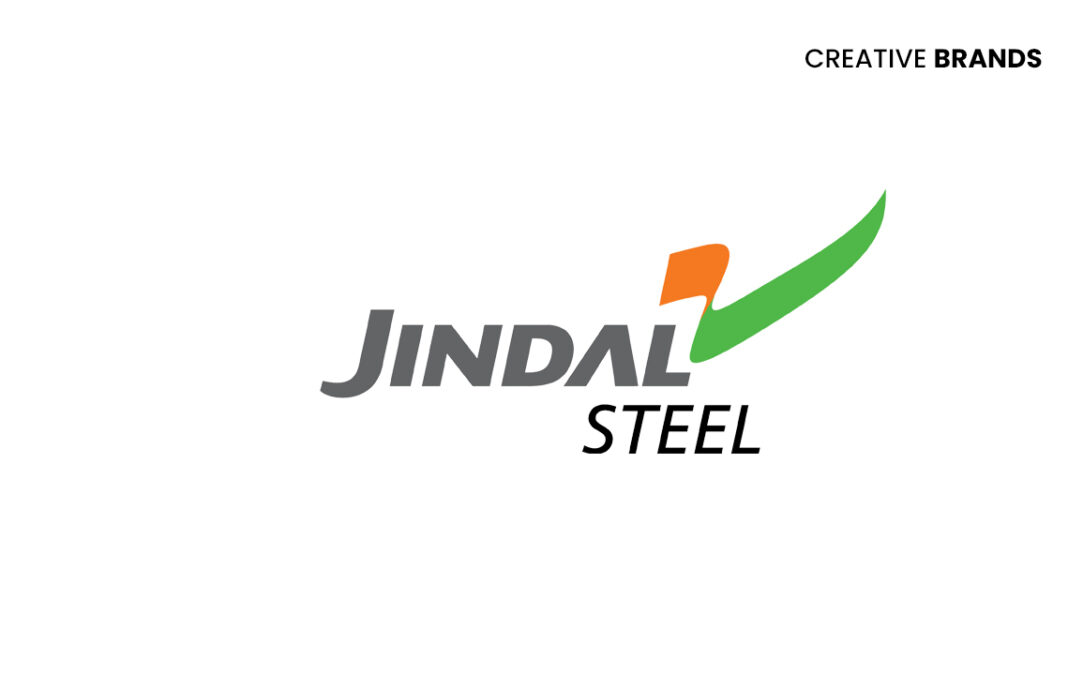Jindal Steel’s cinematic brand film celebrates India’s strength through powerful visuals, music, and symbolism, earning major awards for its creativity. While the film captivates with its artistry and emotional impact, marketing experts note its weak branding, questioning whether the powerful storytelling effectively strengthens Jindal’s identity as “The Steel of India.”

Jindal Steel’s brand film, released under the theme “The Steel of India,” arrives at a time when brands across sectors are searching for deeper, more emotional narratives to connect with a country in transition. The film does not begin with steel, factories, or the familiar imagery associated with industrial brands. Instead, it opens with an almost poetic interpretation of India’s inner strength—quiet, steadfast, and ever-evolving. It reflects on how the country’s progress is not merely engineered through machines and materials, but through the “steely resolve” of its people. From its first frame, the film attempts to blend national pride with an elemental force, celebrating both the metal that has built modern India and the spirit that carries it forward.
The creative approach is bold, layered, and rooted in visual storytelling. Viewers are immediately drawn into a montage where contradictions coexist—history collides with the future, nature blends seamlessly with engineering marvels, and routine moments stand next to heroic, life-saving ones. This dynamic contrast forms the backbone of the narrative. Each frame is crafted with the precision of a high-end cinematic project, with lighting, camera movement, and pacing all contributing to a visual texture that feels both raw and aspirational. It is clear the creators enjoyed every moment of building this world. The transitions are fluid, and the tempo shifts carry emotional weight, ensuring audiences stay engaged even while the film holds its cards close regarding the brand. For the first several seconds, viewers may remain unsure of the product, but the sensory journey is compelling enough to keep them watching.
The film’s music serves as its emotional engine. Crafted to mimic the rhythm of steel—the clangs, the vibrations, the tonal richness—it creates an auditory thread linking disparate visuals into a cohesive experience. The central creative thesis is simple yet powerful: steel is not just a material but a sound embedded in the everyday soundtrack of India. From railway tracks humming under the weight of commuters to factory floors clattering with energy, from construction sites to domestic spaces, steel envelops the country in ways most people rarely notice. In the film, this soundscape is not just background—it becomes the heartbeat of the narrative, driving momentum and reinforcing the metaphor of steel as both the backbone and pulse of India’s growth.
One of the most remarkable moments is a slow-motion sequence that juxtaposes molten steel flowing with ocean waves. The parallel draws attention to the primal, almost natural beauty of steel production, reframing an industrial process as art. It is metaphorical storytelling at its finest, presenting steel not as cold and mechanical but as fluid, organic, and connected to the natural world. These visual decisions elevate the film beyond traditional corporate communication, making it feel more like a short cinematic tribute to India than a brand advertisement. It also reflects an increasing trend in Indian advertising—where brands seek to narrate values, not products, and rely on emotional resonance over overt messaging.
However, where the film triumphs creatively, it stumbles from a pure branding perspective. Despite its breathtaking aesthetic and award-winning execution, a question looms: what does this film actually do for Jindal Steel as a brand? The branding appears in a fleeting shot on a furnace drum and in a brief product window at the end. For an ad poised to celebrate “The Steel of India,” the association with Jindal Steel is barely established. The narrative builds a strong metaphorical connection between steel and India’s spirit, but the leap to Jindal Steel specifically is subtle enough that many viewers may miss it entirely. The positioning of “India ka steel” feels more like a category claim than a brand claim, potentially benefiting the industry more broadly than Jindal individually.
This gap between creative excellence and brand clarity is not uncommon in high-concept advertising. Creative teams, often driven by the pursuit of awards and artistic expression, may prioritise visual storytelling over explicit brand communication. Brand managers, on the other hand, are tasked with ensuring that viewers walk away with a clear understanding of who the message is from and what they should associate with it. This tension plays out clearly in this case. The film’s artistry is unmistakable, and it has rightly been celebrated, winning major awards including recognition at Cannes for editing, direction, and overall craft. Yet, the essential question remains: did it move the needle for the brand?
Marketing professional Prateek Upadhyaya, VP and Marketing Head at Airtel Digital TV, articulated this dilemma sharply in his critique. He praised the film’s brilliance and acknowledged its well-deserved wins, but questioned how it translated into business impact. His analysis reflects the perspective of many brand custodians who find themselves appreciating the creative achievement while simultaneously worrying about its strategic value. Upadhyaya pointed out that the almost negligible branding and the absence of a strong voiceover or call-out dilute the film’s potential to anchor the message in consumers’ minds. For him, the film’s final few seconds—which should ideally reinforce brand recall—did not do enough to cement Jindal Steel’s identity within the emotional narrative it had built.
His comment about giving the director the first 25 seconds and reserving the last five seconds for the brand encapsulates a larger debate in advertising: where does one draw the line between creativity and communication effectiveness? Should brands lean into evocative filmmaking even at the risk of weak recall? Or should they prioritise clear, repeated branding that ensures message delivery even if creativity takes a smaller share? In the case of Jindal Steel, the creative scale tipped heavily toward artistry, leaving brand managers to wonder whether the emotional high of the film translated into measurable brand equity gains.
Still, the film undeniably achieves something meaningful for the category. It changes the way viewers perceive steel. The metal that often sits unnoticed in infrastructure, appliances, and machinery becomes the symbol of resilience, motion, and identity. The film argues that steel is everywhere—in the rhythm of cities, in the determination of workers, and in the aspirations of a nation marching forward. It reframes steel as not just a physical material but a cultural force. This thematic elevation is rare in industrial advertising and may contribute to long-term perception shifts even if its immediate brand recall remains ambiguous.
What also cannot be ignored is the sheer craftsmanship that went into the film. The editing is precise, the cinematography sweeping, and the sound design meticulous. It is a creator’s dream project, showcasing what happens when filmmakers are given room to explore poetic interpretations of a brand’s core value. The contradictions—past versus future, nature versus industry, ordinary versus extraordinary—mirror India’s own evolution. They remind viewers that progress is not linear but complex, layered, and forged in the tension between tradition and innovation.
As advertisements continue to push boundaries, films like this illustrate both the potential and limitations of high-art advertising. They inspire, provoke, and linger in memory. But they also challenge marketing teams to balance artistic expression with brand accountability. Whether Jindal Steel will continue down this creative path or recalibrate toward stronger brand integration remains to be seen. The film stands as a testament to what great creativity can achieve, but also as a reminder that in the world of communication, beauty must eventually serve purpose.







